Goodbye Planck: Space Telescope Retires But Leaves A Lasting Legacy [SLIDESHOW]
The Planck Space Telescope, operated by the European Space Agency, has retired but its legacy has already been secured. Planck imaged maps of the universe as well as giant structures in space, and the data it's collected since being launched in 2009 will continue to shape how astronomers view the universe.
On Wednesday, Jan Tauber, Planck project scientist, shut off its radio transmitter. The telescope will now orbit around the sun in “safe mode” after using all its fuel, reports Agence France-Presse. Planck was tasked to observe the Cosmic Microwave Background, and was able to capture images of the oldest light in the universe. Based on data collected by Planck, researchers were able to determine that the universe is 80 million years older than previously believed, and this level of accuracy has shaped how astronomers view galaxy formation as well the rate of expansion of the universe, notes AFP.
Alvaro Giménez, ESA’s director of science and robotic exploration, said in a statement, “Planck has provided us with more insight into the evolution of the universe than any mission has before.” Planck was an overachiever, originally tasked with two all-sky surveys but instead completing five surveys of the universe, notes AFP.
While Planck is retired, its data remains, and researchers are working on the latest release from earlier this year. Tauber said his team is currently working on Planck data that details the expansion of the universe, with the results to be released next year. As part of its last release, Planck was able to capture the "baby picture of the universe" and the data revised the proportion of normal matter, dark matter and dark energy in the universe.

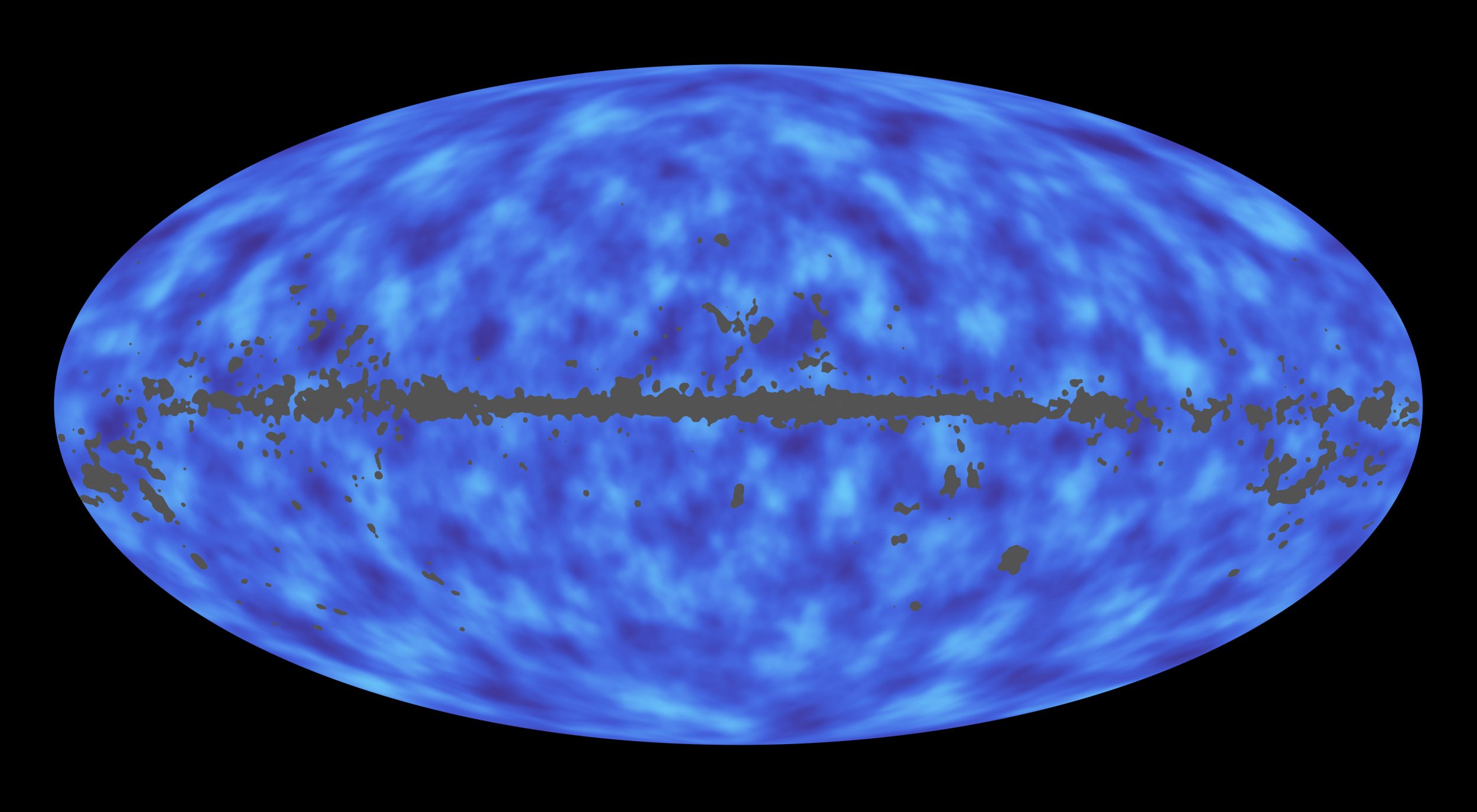
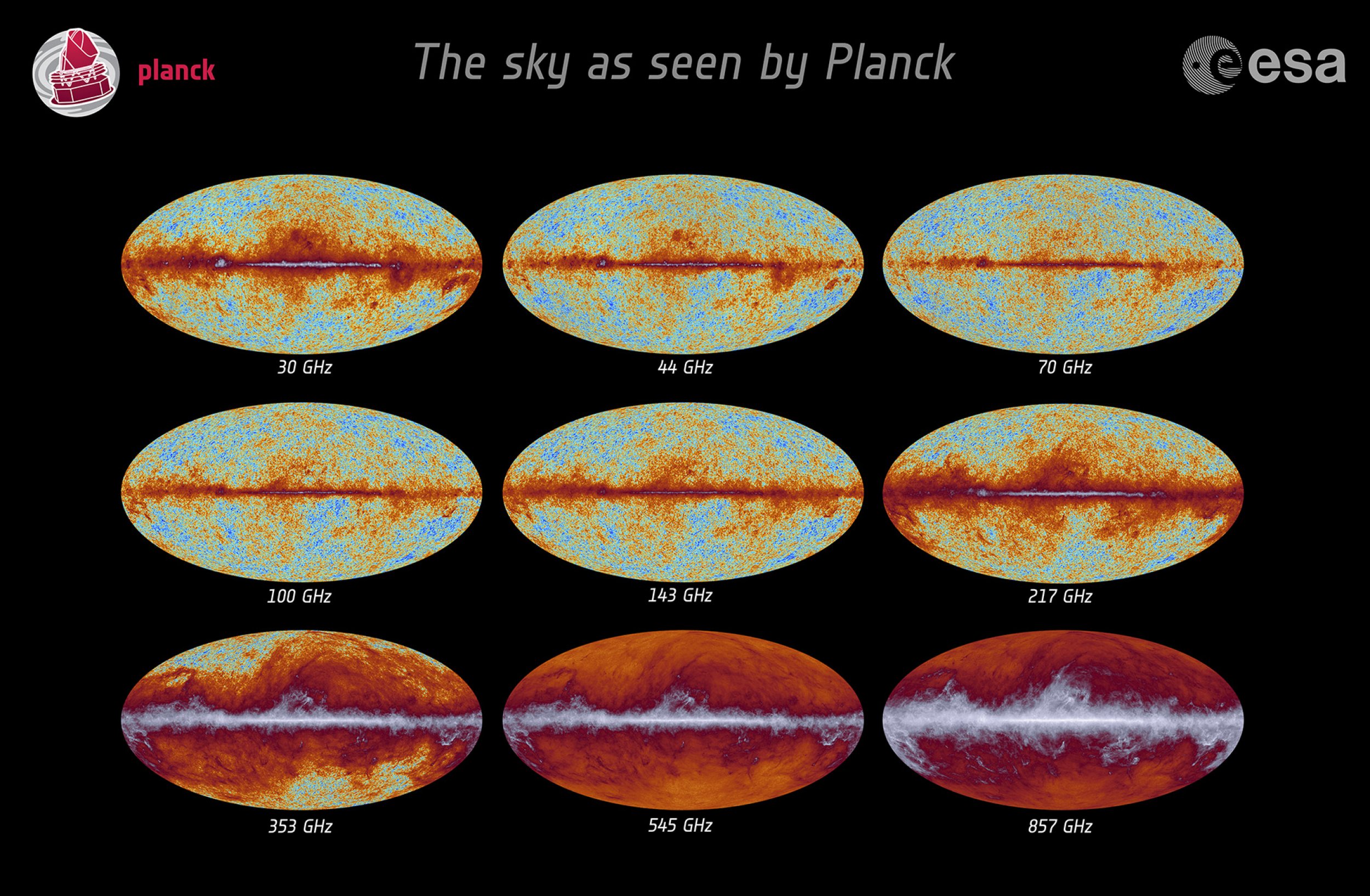

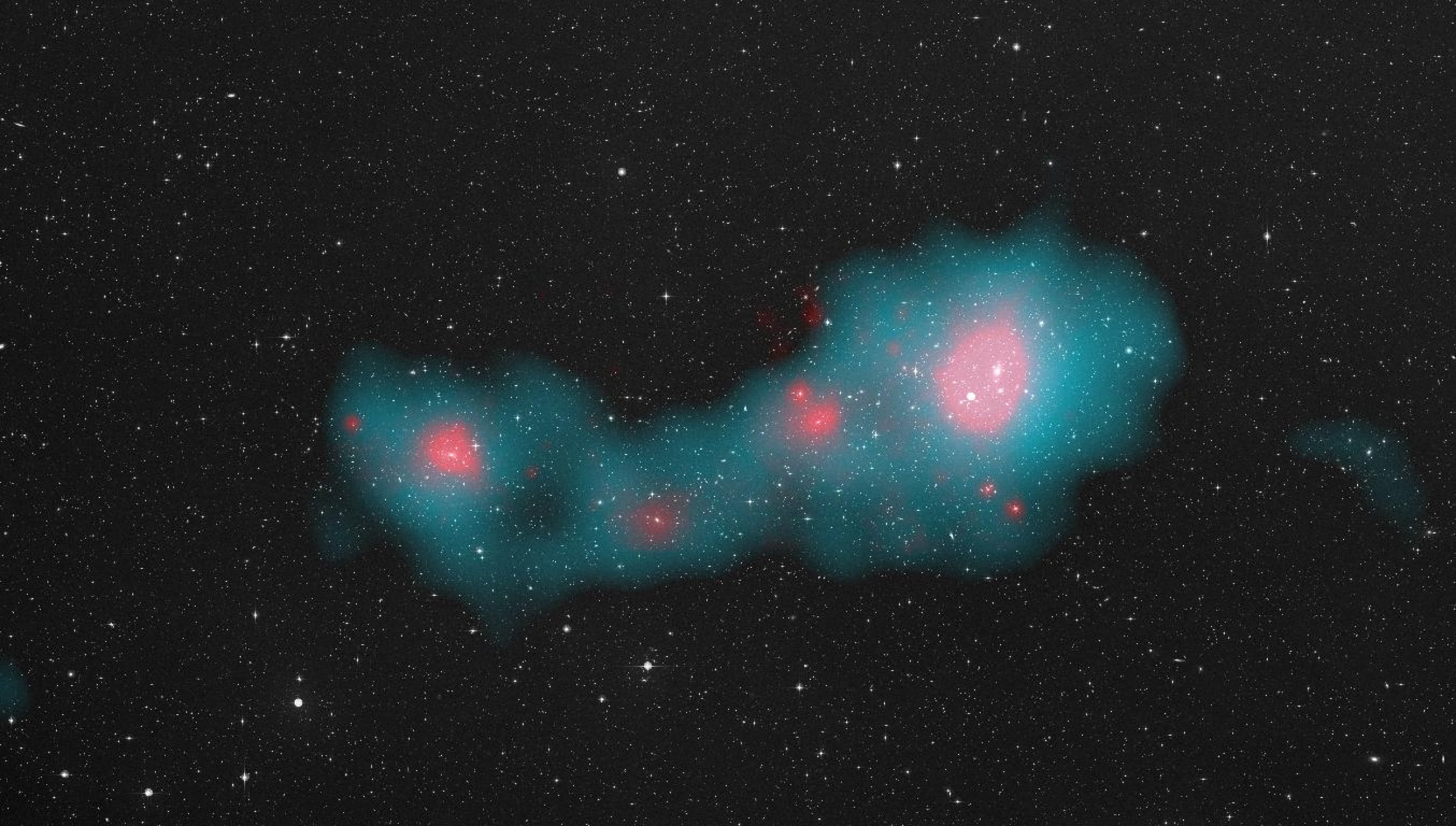
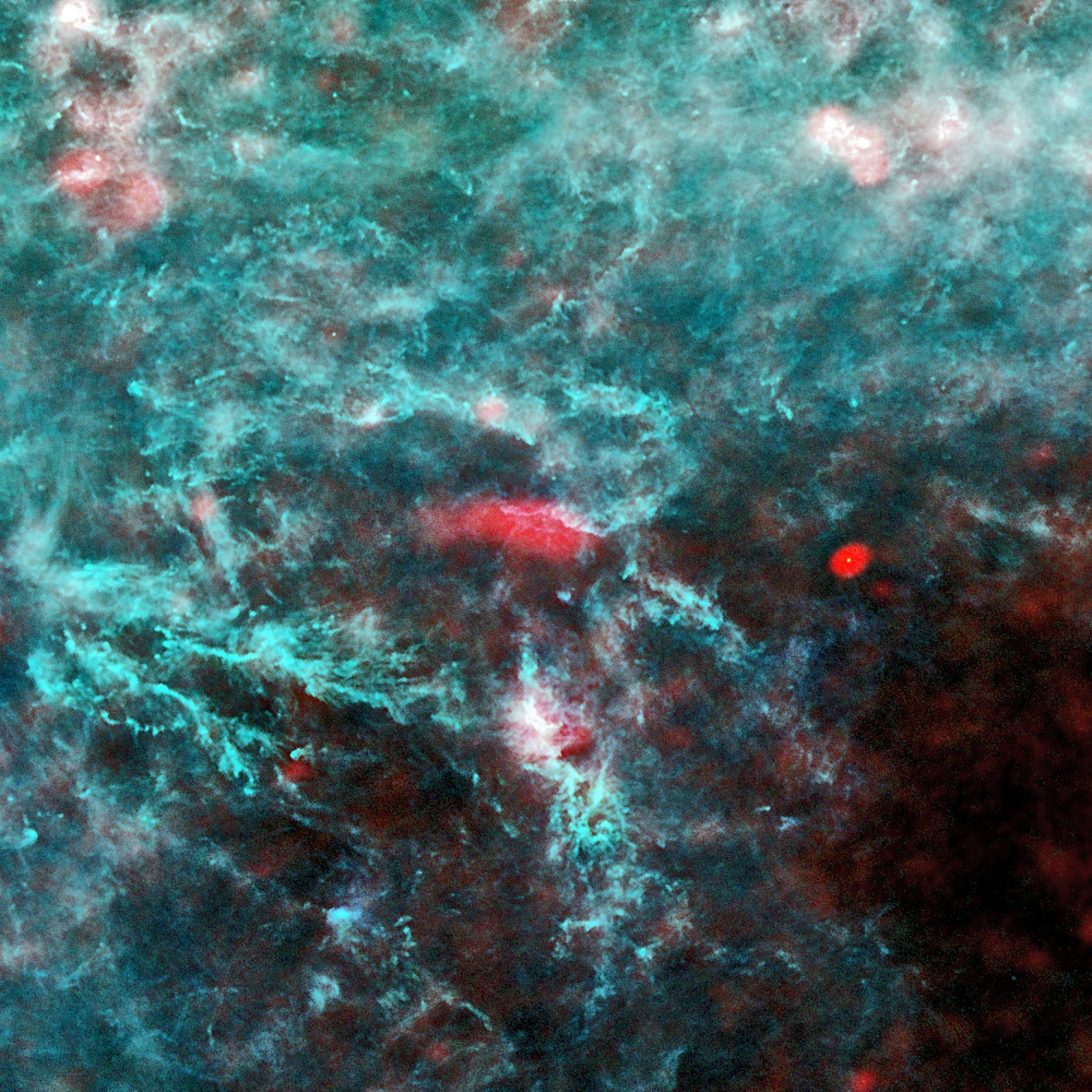


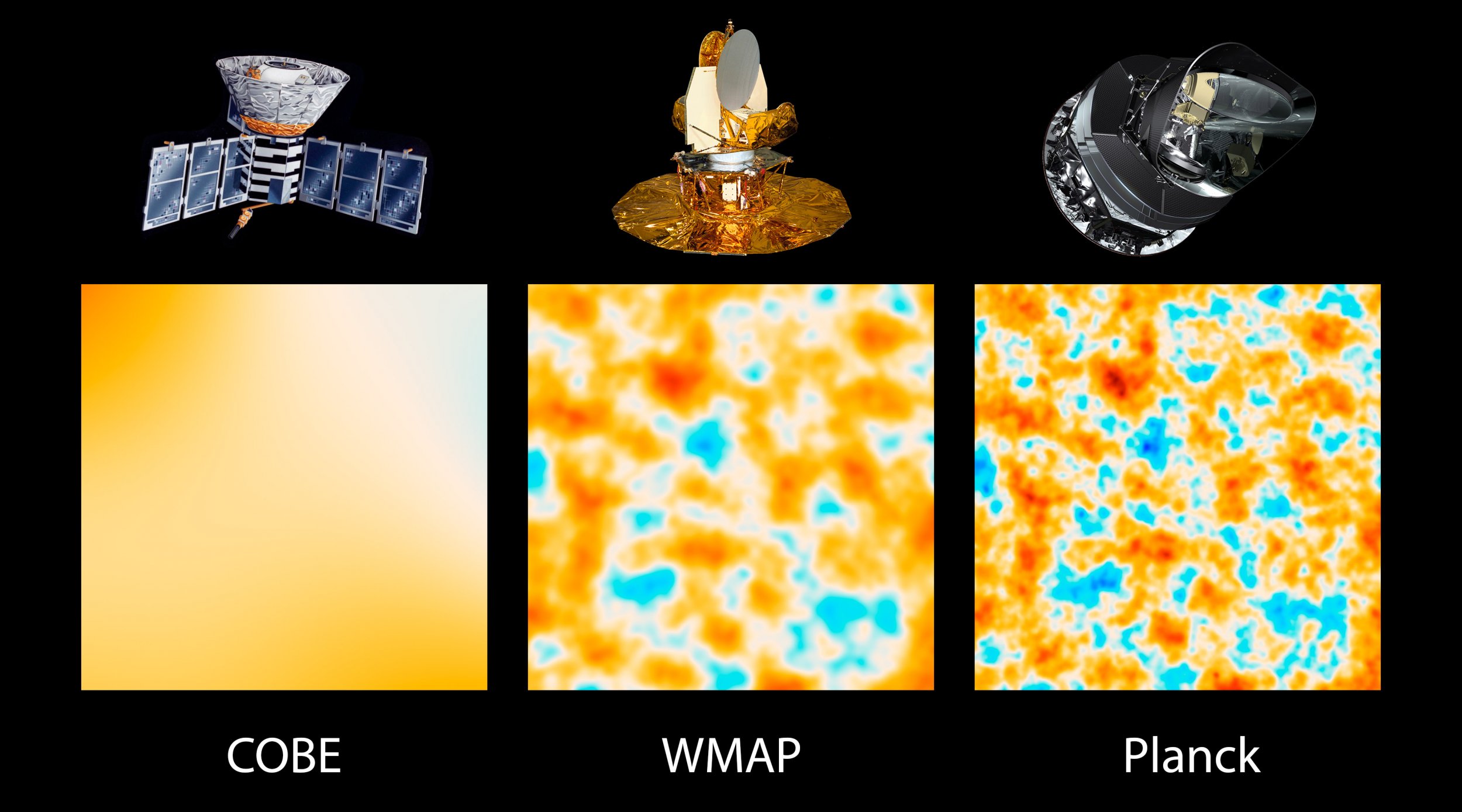

© Copyright IBTimes 2025. All rights reserved.






















